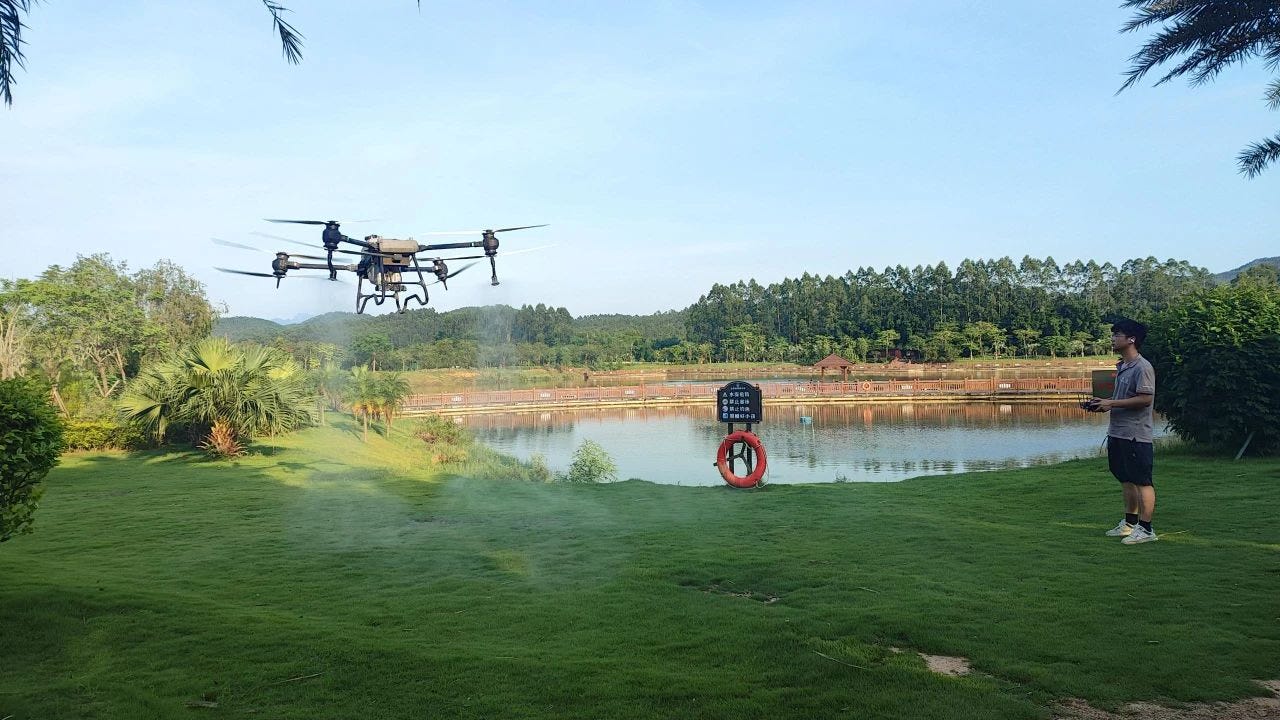Drone Mosquito Control Gets New China CDC Guidelines
To combat mosquito-borne diseases in dense and hard-to-reach areas, the guidelines standardize safe, effective UAV use for insecticide spraying.

On July 29, the Chinese Center for Disease Control and Prevention released the Technical Guidelines for UAV Mosquito Control (2025 Edition).
As mosquito-borne diseases like dengue fever and chikungunya continue to pose public health threats, especially in densely populated and hard-to-reach areas, the guidelines aim to standardize the safe and effective deployment of UAVs for spraying public health insecticides.
Before we get into it, drone mosquito control technology is gaining traction across the globe, including in my home country, Canada.
In 2023, a pilot program in Winnipeg employed drones to treat mosquito habitats on golf courses, improving the effectiveness of larvicide application.
In southeastern New Brunswick, the Southeast Regional Service Commission began using drones in 2024 to spread natural larvicides over hard-to-reach wetlands, reducing mosquito populations and related health risks.
Similarly, in Ottawa, Public Health deployed drones in 2024 to distribute larvicides targeting mosquito breeding sites as part of efforts to control West Nile virus.
Now, let’s get into the guidelines.

